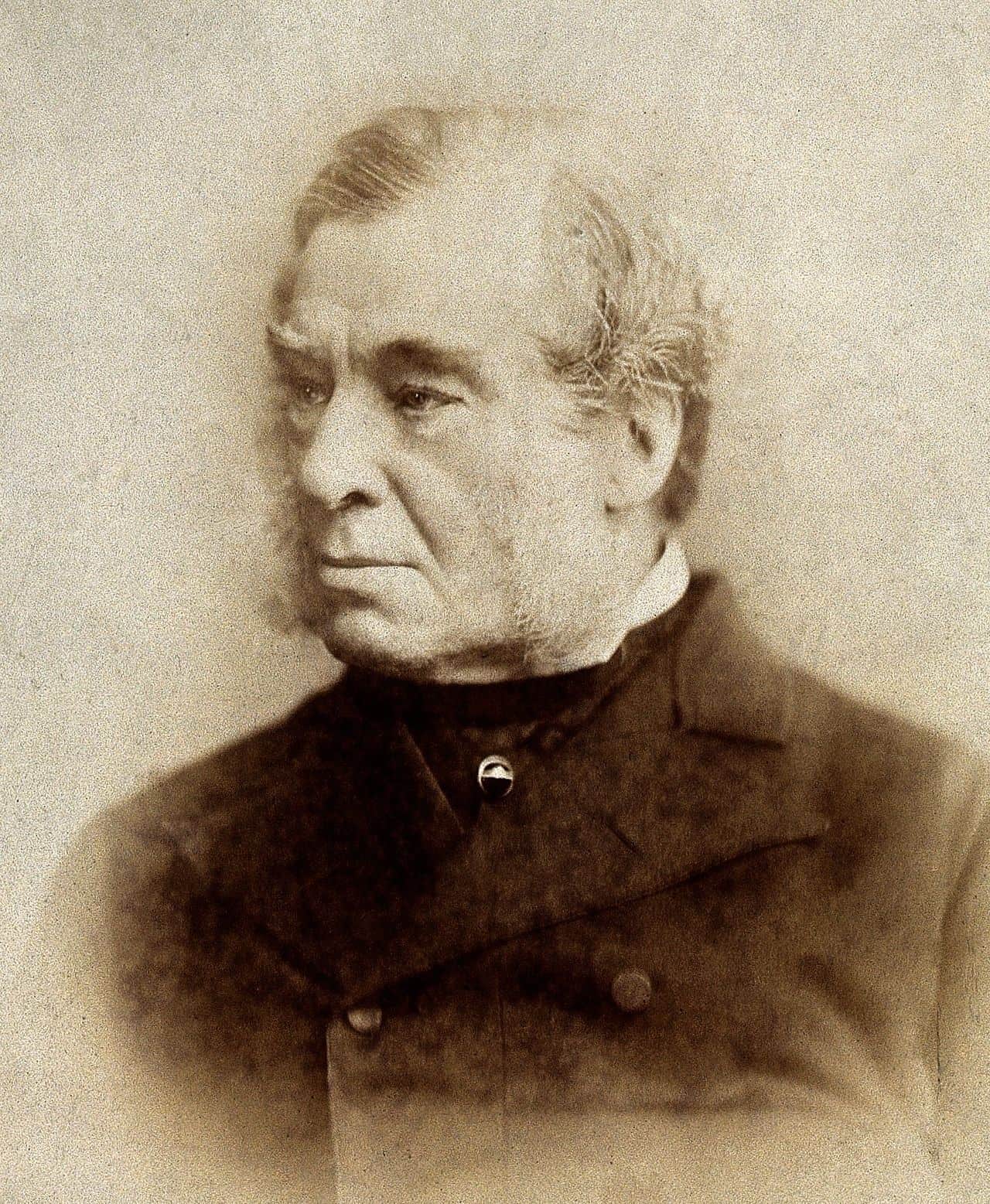In the 1850s, British physician Thomas Addison described a lethal type of anemia that was linked to lack of stomach acid, and changes in gastric mucosa. This hematological disorder was named Addisonian anemia, or pernicious anemia. With symptoms like large red blood cells, swollen tongue, tingling sensations, and unsteady gait, patients were left crippled, exhausted, and were lying in hospitals with no hope of cure. No treatment was available at the time, and the disease and was inevitably fatal.
Until…
The breakthrough came when Harvard researcher George Richards Minot collaborated with physician William Parry Murphy to test out an idea. They wanted to see if there was something in food itself that may help patients, based on the work of researcher George Hoyt Whipple at Johns Hopkins. Whipple had drained the blood of dogs to make them anemic, and then fed them with various foods to see which were best at restoring red blood cells. Red meat and some vegetables were good, but liver was the best.
And so, in a meeting that took place in Atlantic City, 1926, Minot and Murphy reported their shocking findings. They cured 45 patients with pernicious anemia by feeding them large amounts of raw liver. According to them, clinical improvement was usually obvious within just two weeks. As a result, Minot, Murphy, and Whipple received the Nobel Prize for Medicine in 1934. Later that year, Murphy delivered his Nobel lecture and stated:
Rather than enlarge further upon the details and results of the treatment of pernicious anemia, I shall now present, with your permission, a motion picture which will illustrate many points more clearly than I could discuss them here.
Here’s the motion picture he was referring to:
Murphy’s video shows patients with typical symptoms of pernicious anemia – like fatigue and loss of coordination – which occur at advanced stages of B12 deficiency. And then, the video shows the astonishing recovery these patients had after liver treatment.
Still however, the active ingredient in liver was not yet identified. All we knew was that there was an “anti-pernicious anemia factor” in liver.
Intrinsic & Extrinsic Factors
Three years later, physician William Bosworth Castle suggested that something in the stomach, an “intrinsic factor”, was necessary to facilitate the absorption of the “extrinsic factor” (whatever it was in liver that was helpful). He suggested that this intrinsic factor was lacking in pernicious anemia patients, because folks who had undergone stomach removal often died of pernicious anemia, and liver didn’t work as a cure.
To this day, we still call it intrinsic factor (IF). And it was Dr. Castle who discovered this gastric intrinsic factor, the absence of which causes pernicious anemia.
As for the extrinsic factor, it was finally purified from liver and isolated as crystals in 1948, by both Karl August Folkers and his team at Merck, and Ernest Lester Smith and his team at Glaxo. They published their papers within weeks of each other. The extrinsic factor was named vitamin B12, and was later renamed cobalamin.
It was in 1956 when British chemist Dorothy Hodgkin discovered the structure of this huge molecule, which required some 10 million computer calculators. Hodgkin displayed a fervent interest in crystals since childhood, which her mother pushed her to pursue. That interest culminated in Hodgkin receiving 1964’s Nobel Prize for Chemistry:
To be able to write down a chemical structure very largely from purely crystallographic evidence on the arrangement of atoms in space – and the chemical structure of a quite formidably large molecule at that – is for any crystallographer, something of a dream-like situation.
In 1971, chemist Robert Woodward (himself a Nobel laureate in 1965) announced the successful synthesis of B12 after ten years of effort. By the time it had been isolated from liver, it was already known that B12 was also present in fermentation flasks growing bacteria such as streptomyces. Other bacteria species gave even higher yields, producing cobalamin in kilogram quantities. These sources have replaced liver in B12 production.
A disease that had been fatal could now be easily treated by injections of pure vitamin B12, and without any side effects. The discovery of vitamin B12, and its isolation and commercial production, has given new life to millions of patients.
Thank you for reading.
